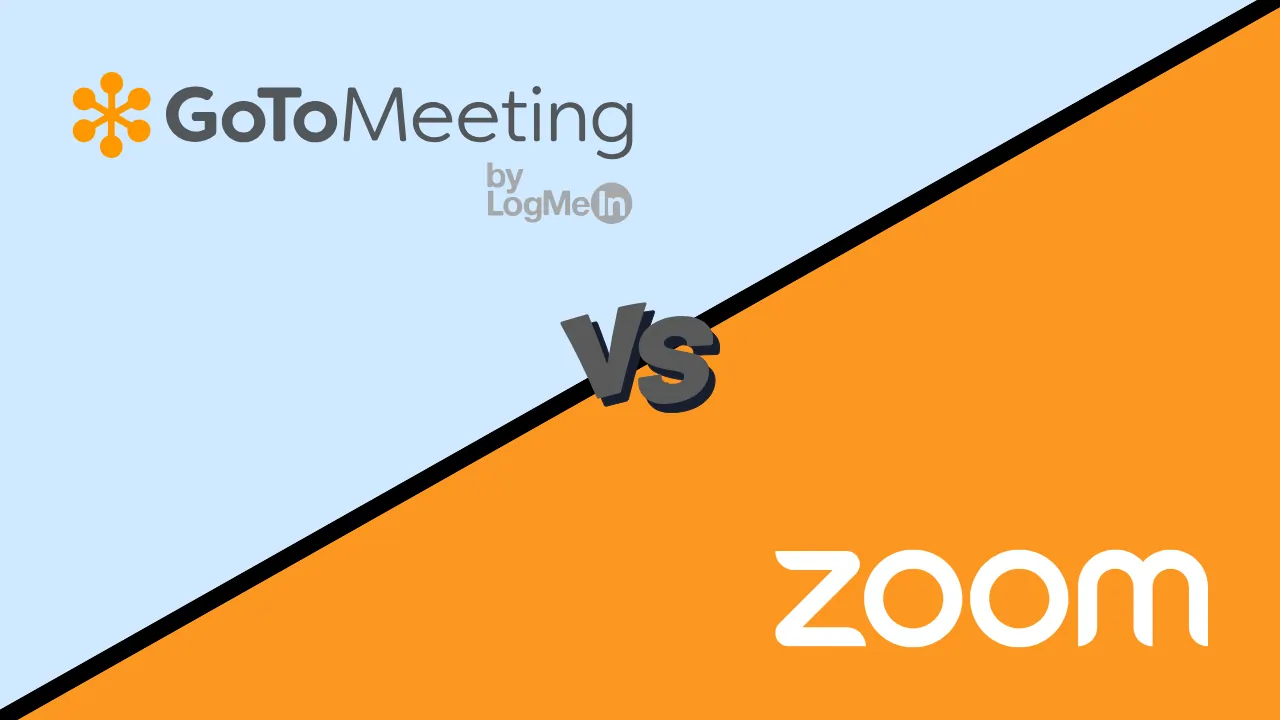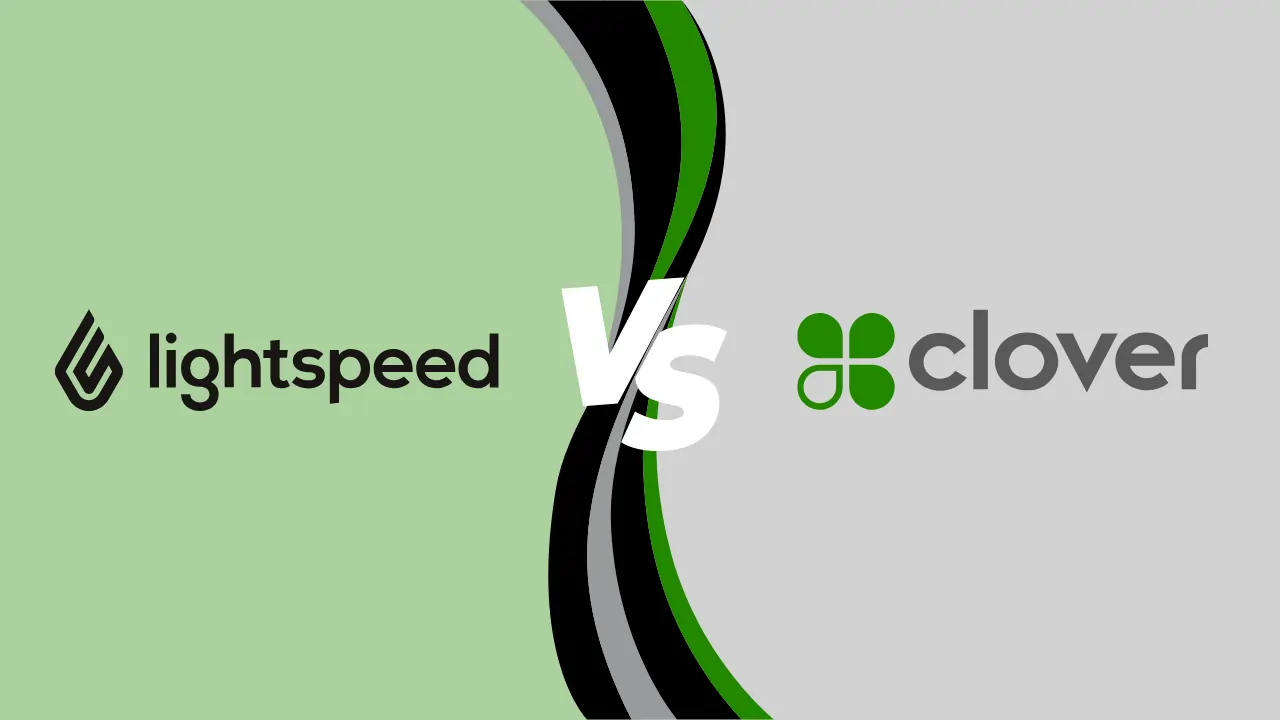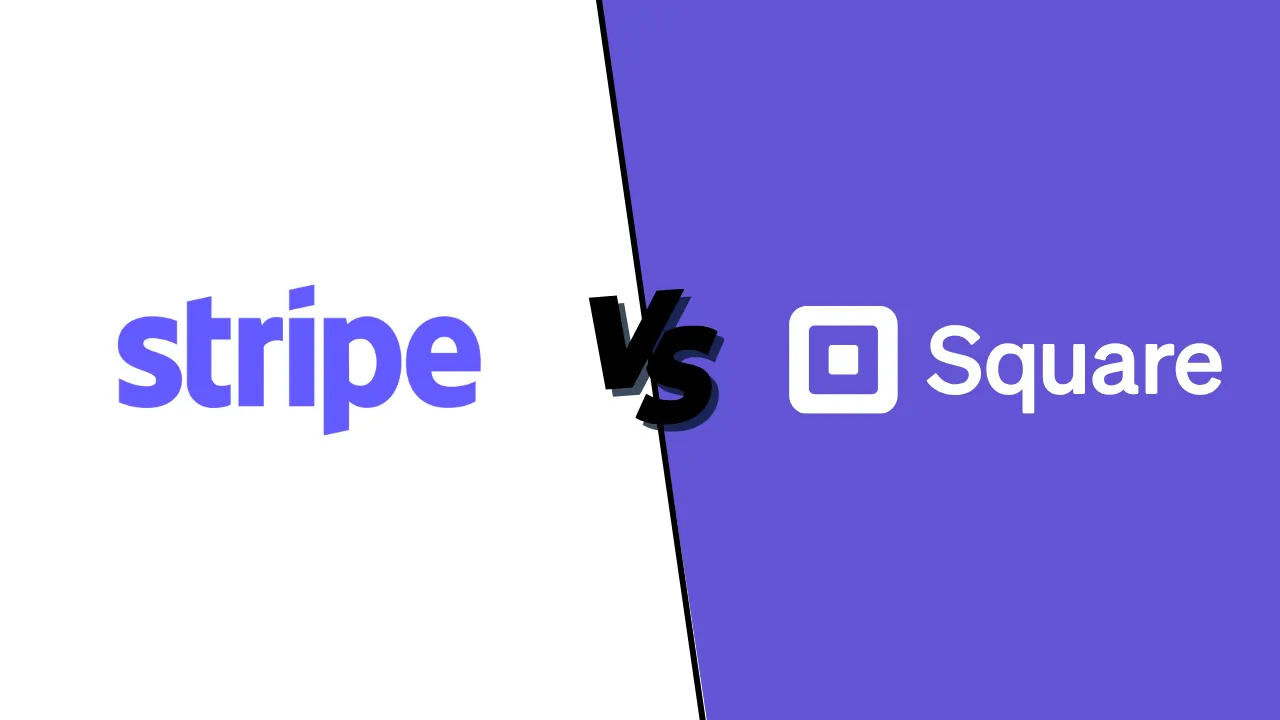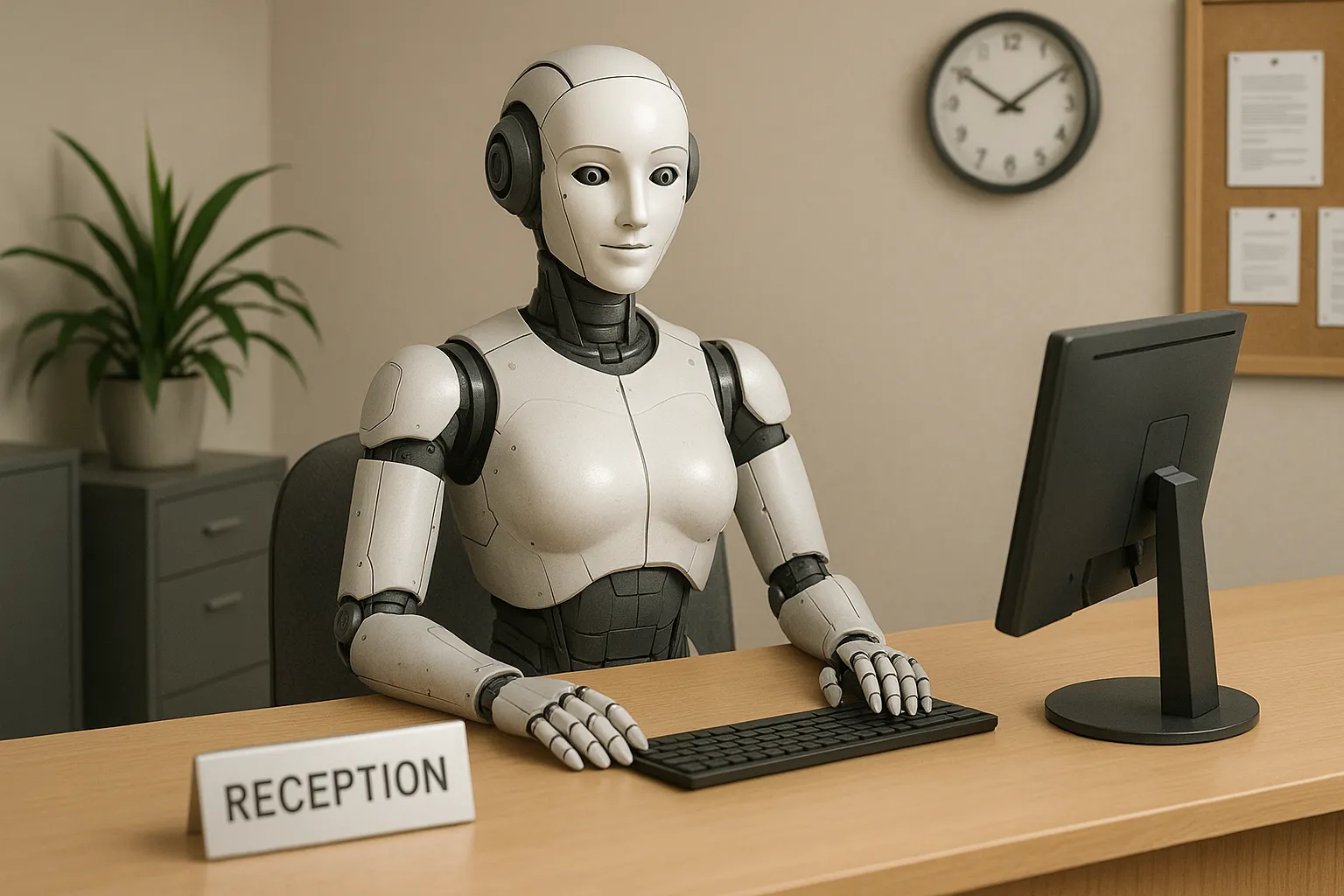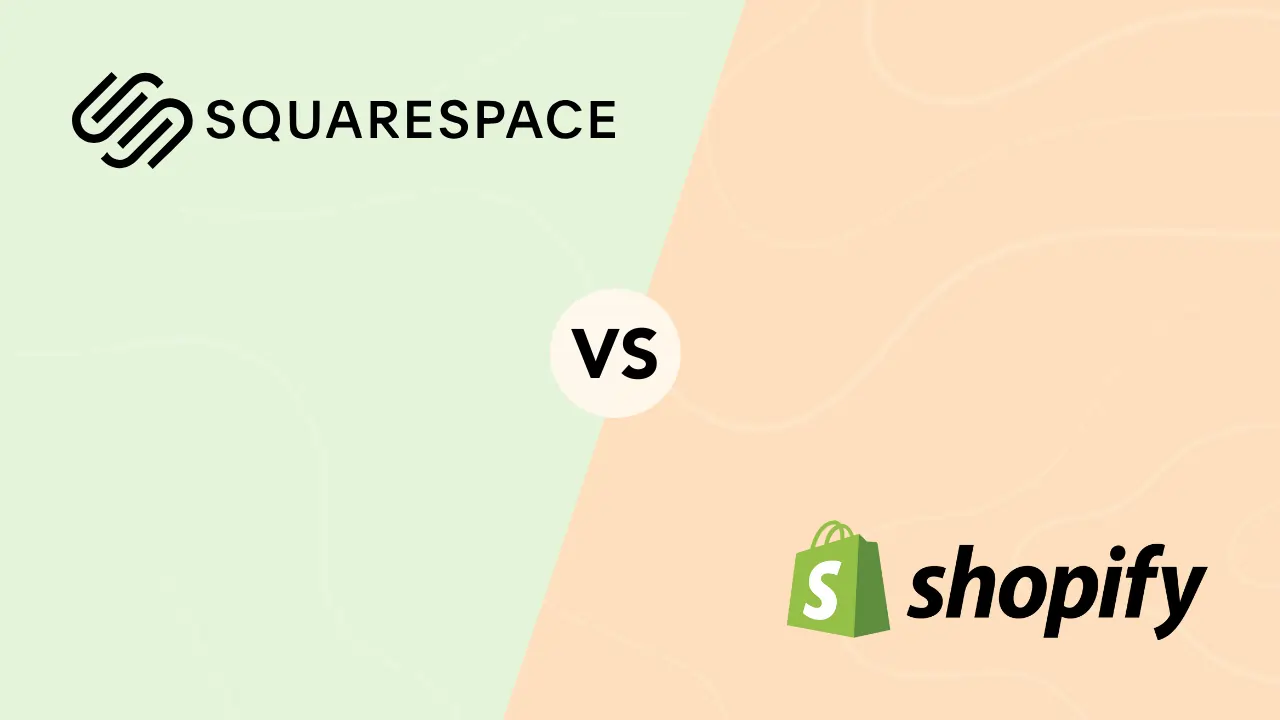Plagiarism: What Is It and How Can You Avoid It?
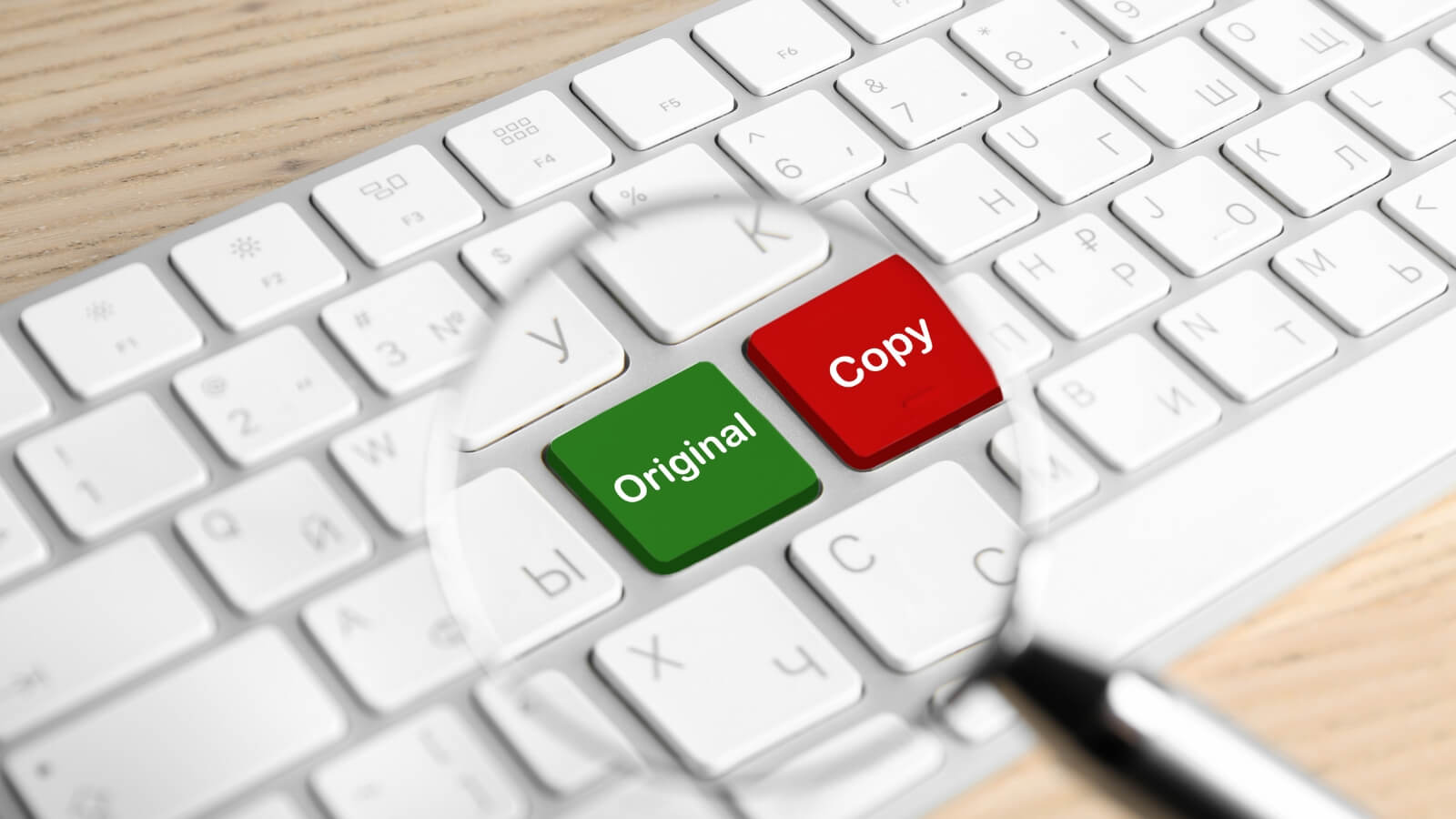
Plagiarism is a serious issue in the academic and professional world, yet it is often misunderstood or overlooked. Not only is plagiarism dishonest and unethical, but it can also have severe consequences, including failed assignments, loss of credibility, and even legal action.
In this article, we will explore the definition and different forms of plagiarism, as well as provide tips and strategies for avoiding plagiarism, including using Plagiarism Checker Software.
What Does the Term Plagiarism Mean?
Plagiarism is the act of using someone else’s work or ideas without acknowledging them. This can take various forms, such as copying text from a source without proper citation or reusing one’s previously published work without acknowledgment.
To avoid plagiarism, it is crucial to understand its different types. Direct plagiarism involves verbatim copying from a source without citation, while self-plagiarism occurs when one reuses their own work without proper acknowledgment. Paraphrasing plagiarism, on the other hand, happens when one rewrites someone else’s work in their own words but fails to give proper credit.
Academic plagiarism is a serious form of plagiarism that occurs in an educational context. It is particularly concerning as it undermines academic integrity and diminishes the accomplishments of those who have worked honestly.
What Advantages Come From Refraining From Plagiarism?
Plagiarism is a grave offense that carries severe consequences. It not only undermines the integrity of the education system but also tarnishes an individual’s reputation, invites legal action, stunts personal development, and is easily detectable through plagiarism detection software.
In academia, plagiarism tarnishes the integrity of the education system and belittles the accomplishments of those who have earned their grades honestly. It can result in disciplinary action such as failing grades, suspension, and even expulsion, which can adversely affect one’s academic career, job prospects, and future opportunities.
Moreover, plagiarism can damage an individual’s reputation, making it challenging to secure employment or advance in their career. Employers and graduate schools are highly critical of plagiarism, and a history of it can hinder an individual’s chances of landing a job or gaining admission to a graduate program. This can be especially damaging for students, who are just embarking on their careers, as plagiarism can have long-term effects.
Plagiarism can also attract legal action, as it violates copyright laws that protect authors’ rights. It is essential to avoid copying someone else’s work without permission to stay on the right side of the law.
Furthermore, plagiarism is detrimental to personal development, as it deprives individuals of the opportunity to learn and grow as writers and critical thinkers. By plagiarizing, individuals cheat themselves out of the valuable experience of researching, analyzing, and synthesizing information, which can affect the quality of their work in the long run. Seeking help to improve writing and research skills is a better option.
Finally, plagiarism is easily detectable using plagiarism detection software, which is becoming increasingly popular. With the advent of technology, plagiarism is becoming increasingly difficult to escape detection, making it more important than ever to avoid it.
Plagiarism Prevention Tips
Here are some ways to avoid plagiarism in your writing:
- Understand what plagiarism is.
- Use citation: Whenever you use someone else’s work in your writing, it is important to give them proper credit. This can be done through in-text citations or quotation marks or a bibliography at the end of your work.
- Paraphrase: Instead of copying and pasting text from a source, try paraphrasing the information in your own words. This will help you avoid plagiarism while still using the information from the source.
- Use plagiarism detection tools: There are several online tools available that can help you check your work.
- Always keep track of your sources: Keep a record of all the sources you use in your writing, including the author/publisher, title, and publication date. This will make it easier to cite them properly in your work.
- Understand the difference between common knowledge and original ideas: Common knowledge does not need to be cited, but original ideas do.
Is there a free plagiarism checker tool?
Yes, there are many free plagiarism checker tools available online. Some popular options include Quetext, PlagScan, Grammarly, and PlagScan. Some free tools also include grammar checking and paraphrasing, but they do have limitations compared to paid plans. Read below for details.
5 Free Plagiarism Checker Tools
There are many free plagiarism checker tools available. Some free tools also include grammar checking and paraphrasing, but they do have limitations. You can upgrade many of these plans within the platform to unlock advanced features. Read below for details.
Some popular free options include:
- Grammarly: Grammarly’s free plan includes basic grammar and spelling checks, as well as checks for punctuation and sentence structure. It also includes a vocabulary enhancement suggestions feature. It can be used on the Grammarly website and the Grammarly browser extension.
- ProWritingAid: ProwritingAid’s free plan includes a limited number of analyses of text and suggestions for grammar, style, and readability. The free plan also includes a limited thesaurus and a basic grammar checker.
- PaperRater: PaperRater’s free plan includes grammar and spell checking, as well as a basic check for plagiarism and an overall “Grade Level” score that assesses the readability of the text. The free plan also includes a “Vocabulary” check that highlights words that may be difficult for the average reader to understand, along with suggestions for simpler alternatives.
- Quetext: Quetext’s free plant allows users to check one page per month or up to 500 words for plagiarism. With this free plan, users can perform a deep search for plagiarism, which scans the internet and academic databases. Additionally, the free plan includes a citation assistant and generator, which can help users properly cite sources in their work.
- Unicheck: Unicheck’s free plan allows users to check up to 20 pages per month or 10,000 words. The software will then scan the text against a vast academic and web sources database to detect potential plagiarism. The free version also includes a similarity report, which highlights any similarities found in the text and provides a percentage of similarity.
Plagiarism vs. Paraphrasing Tools
Plagiarism and paraphrasing tools are not the same, but many plagiarism tools perform paraphrasing functions. Paraphrasing tools are used to rephrase or reword a given text to make it unique while conveying the same meaning.
Which Tool Is Best For Plagiarism?
With the many detection tools available online, it can be difficult to know which one is the best for your needs. Here are some of the most popular plagiarism detection tools available and the features that make them stand out:
Quetext
Quetext is a plagiarism detection tool that uses advanced algorithms to check originality against billions of web pages and academic papers. It provides a detailed report and highlights the specific areas of text that match other sources, making it easy for users to identify plagiarized content. In addition, it provides a citation generation feature that allows users to automatically create a citation for the source that matches their text.
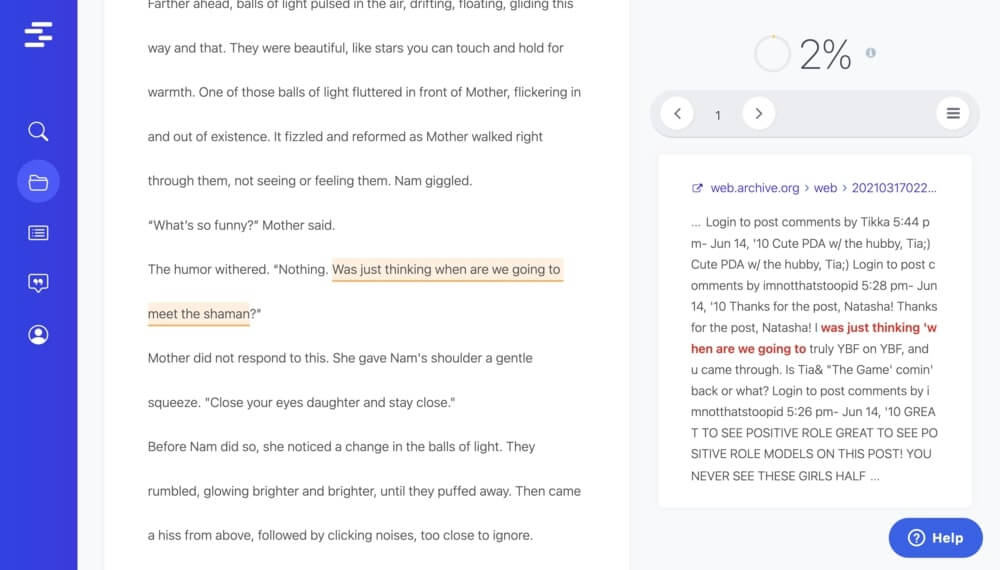
Unicheck
Unicheck is a plagiarism detection tool that checks your work against an extensive database of content. Additionally, it offers features like checking multiple documents at once, the option to exclude specific sources from the check, and integration with different platforms, like Google Docs and Canvas.
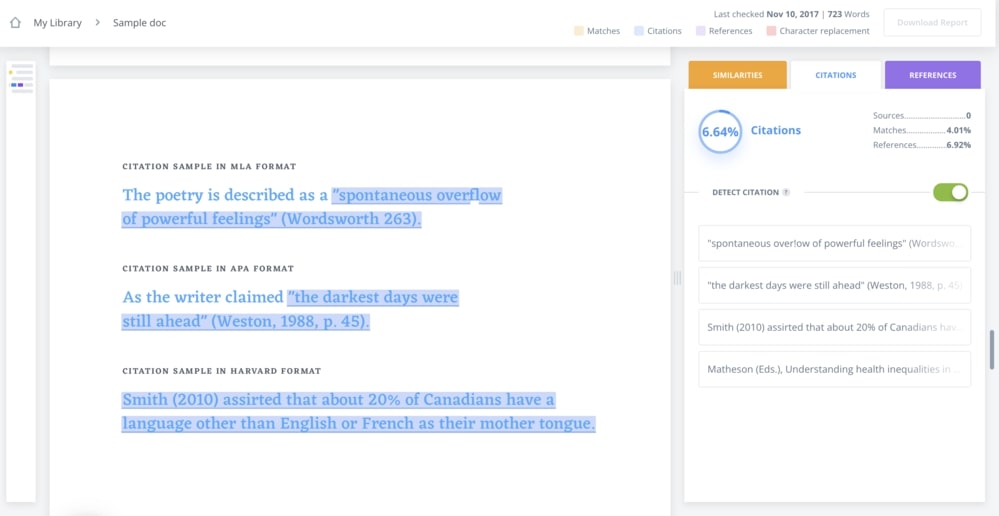
PlagScan (by Turnitin)
PlagScan is a cloud-based detection tool by Turnitin. It uses advanced algorithms to identify plagiarized content and provides a detailed report highlighting the specific areas of text that match other sources. Additionally, it offers features such as integration with different platforms like Google Docs, Moodle, and more.
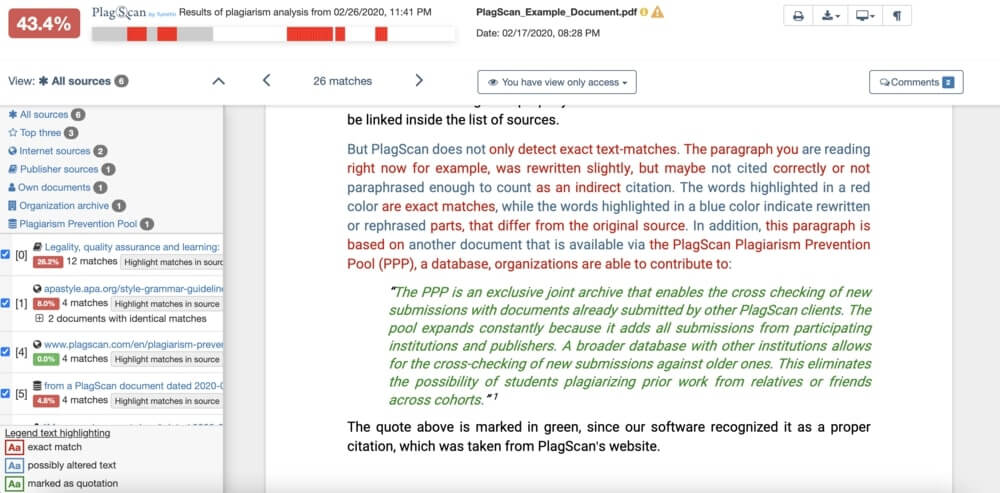
Copyleaks
Copyleaks is a detection tool that checks documents against a vast database of content, including web pages, academic papers, and student essays. It integrates with different platforms like Google Docs and Canvas. Copyleaks also offers an API integration for custom integration with a user’s system.
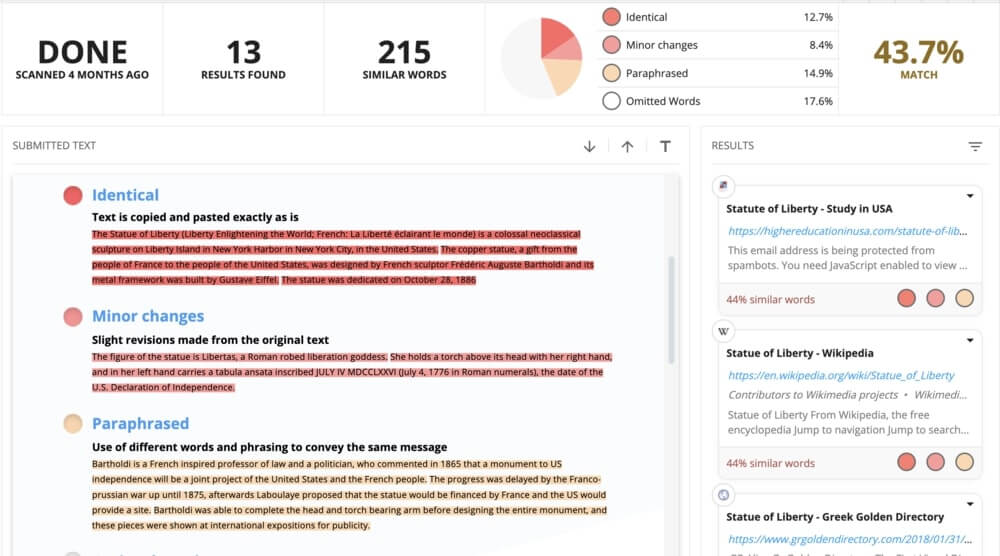
Grammarly
Grammarly is a popular writing tool that checks for plagiarism as well as grammar and punctuation errors. It offers a free version as well as a premium version that includes advanced grammar and plagiarism checking.
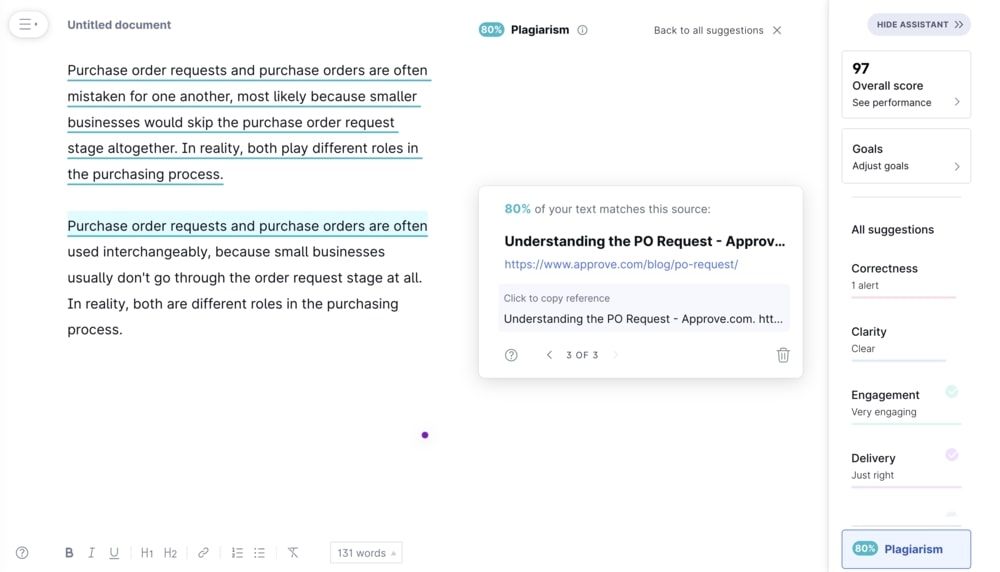
Plagiarism FAQs
Is plagiarism illegal?
Plagiarism is not necessarily illegal, but it is considered a form of academic dishonesty and misconduct which isn’t tolerated by schools, academia, and other institutions. In some cases, plagiarism may also be considered copyright infringement, which is a legal violation.
Did I plagiarise any of my written content?
A great way to ensure that you have not plagiarized your own content is by using a plagiarism checker tool. With more information being published on the internet daily, plagiarising can happen fairly easily.
How does a free plagiarism checker work?
A free plagiarism checker typically works by comparing the text in a document to a database of other sources, such as online articles and other student papers. The checker will search for matching phrases or sentences and highlight any areas that appear to be plagiarized or require citing.
Is plagiarism the same as copyright infringement?
Plagiarism and copyright infringement are related, but they are not the same thing. Plagiarism refers to the act of using someone else’s work or ideas and presenting them as your own without proper attribution.
Copyright infringement, on the other hand, refers to the unauthorized use of copyrighted material. Copyright law gives the creators of original works, such as books, articles, music, and software, the exclusive right to reproduce and distribute their work.
How do I report plagiarised content online?
If you come across content online that you believe to be plagiarized, there are a few steps you can take to report it:
- Contact the website or platform where the content appears: Many websites and platforms have policies against plagiarism and will take action if they receive a complaint. Look for a contact form or email address on the website, and include a link to the plagiarized content in your complaint.
- Contact the original author or copyright holder: If you know who the original author or copyright holder is, you can contact them directly to inform them about the plagiarism. They may take legal action if they believe their rights have been violated.
- Contact the Digital Millennium Copyright Act (DMCA) Agent: The DMCA provides a way for copyright holders to notify an online service provider when their copyrighted material is being used without permission. If the plagiarized content is hosted on a website in the United States, you can submit a complaint to the website’s designated DMCA Agent.
Why should I check for plagiarised content?
- Academic Integrity: In academic settings, plagiarism is considered a form of academic dishonesty and can result in penalties such as failing a class or being expelled from school. By checking for plagiarism, you can ensure that you are submitting original work and upholding your own academic integrity.
- Professional Reputation: In professional settings, plagiarism can damage your reputation and can lead to disciplinary action. If you are a writer, journalist, or researcher, for example, you can harm your reputation by publishing plagiarized content.
- Legal Consequences: In some cases, plagiarism may also be considered copyright infringement, which is a legal violation. If you use someone else’s copyrighted work without permission, you could be sued for damages.
- Ethical Considerations: Plagiarism is not only a violation of academic and professional integrity but also an ethical issue. By using someone else’s work without giving credit, you are taking credit for someone else’s hard work and creativity.
- By checking for plagiarism, you can ensure that your work is original and that you give credit where credit is due. It’s a way to respect the work of others and avoid any potential consequences of plagiarism.
Is plagiarised content the same as duplicate content?
Plagiarized content and duplicate content are related, but they are not exactly the same thing.
Plagiarized content refers to the act of using someone else’s work or ideas and presenting them as your own without proper attribution.
Duplicate content, on the other hand, refers to identical or very similar content that appears on multiple web pages, either on the same website or on different websites. This can happen when a website copies content from another website or when a website has multiple pages with similar or identical content.
